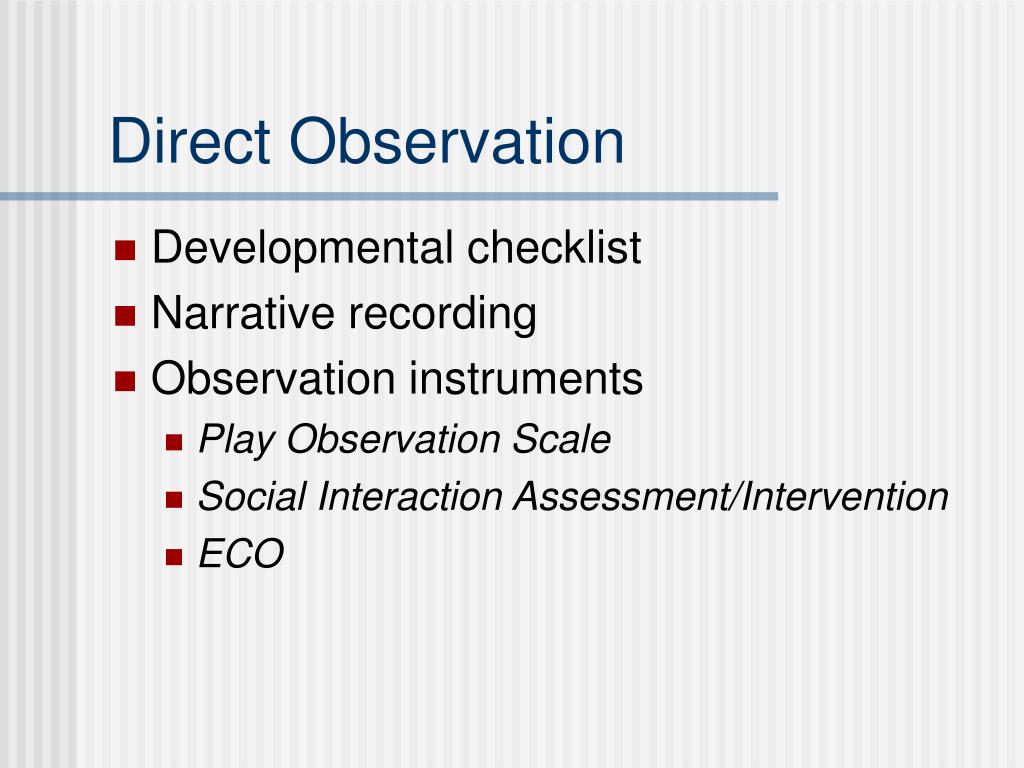

Adding a small amount of C 60, the fluorescence radiation from the recombination of the excitonic state of the chromophore is quenched 1, 2, indicating a vastly improved efficiency of charge generation. For many organic systems, C 60 is an excellent acceptor, capturing the electron and thus separating the charges.
Direct observation free#
Light harvesting in CuPc:C 60 is initiated through creation of an excitonic state at the chromophore (CuPc), while the desired final state consists of a separated electron–hole pair with a vacancy in the chromophore and a free electron in C 60. Evidently, a better theoretical understanding and novel experimental approaches are needed to validate or dismiss fundamental assumptions, regarding the nature and fate of photoexcited states in organic heterojunctions. Even more concerning, partly contradicting interpretations and models have been presented regarding the question, which initial excitations contribute to charge generation, and which do not. Copper-phthalocyanine (CuPc):C 60 is a canonical model system for this class of devices, but despite a significant body of research, fundamental mechanisms for charge separation remain obscure. Improving the efficiency of the underlying light-harvesting and charge generation processes, however, requires detailed knowledge of all the steps from the initial light-induced excitation of the chromophore to the final state, where charges are separated in the donor and acceptor phases. Organic donor–acceptor systems are particularly intriguing candidates for light-harvesting applications, as their properties can be readily modified using well-established chemical synthesis techniques. How did the user feel? What expressions or comments were made?ĭid the user require specific skills? Record comfort, ergonomics, physical and ease of use issues.Photoinduced charge generation plays a central role in a broad range of physical, chemical, and biological processes that underlie natural and engineered photocatalytic and photovoltaic systems. Issues relating to product functionality and features. Was it satisfactory, could it be improved? Record issues related to technical performance. As with all user understanding methods, it is important to establish how many users will provide a representative sample - this may be a smaller sample than some other methods due to the richness of information gained and the amount of time it can take.Ī useful structure is to have a small team involved in an observation exercise, where each member systematically records insights relating to a specific area of focus (see figure below):ĭescribe the sequence and timing of actions and events. Observation can be applied to: proposed new products - testing product concepts and models, existing products - to help guide improvement for the next generation, competitors products - to determine preference, strengths and weaknesses.

Given these potential difficulties, observation is one of the most powerful tools for gaining user insight. Without care, observation may also affect what people do and the type and number of people observed can bias results.

However, without planning or structure, it can be difficult to digest and process insights gained. In principle, direct observation is an incredibly simple way of gathering data about how users interact with products.


 0 kommentar(er)
0 kommentar(er)
